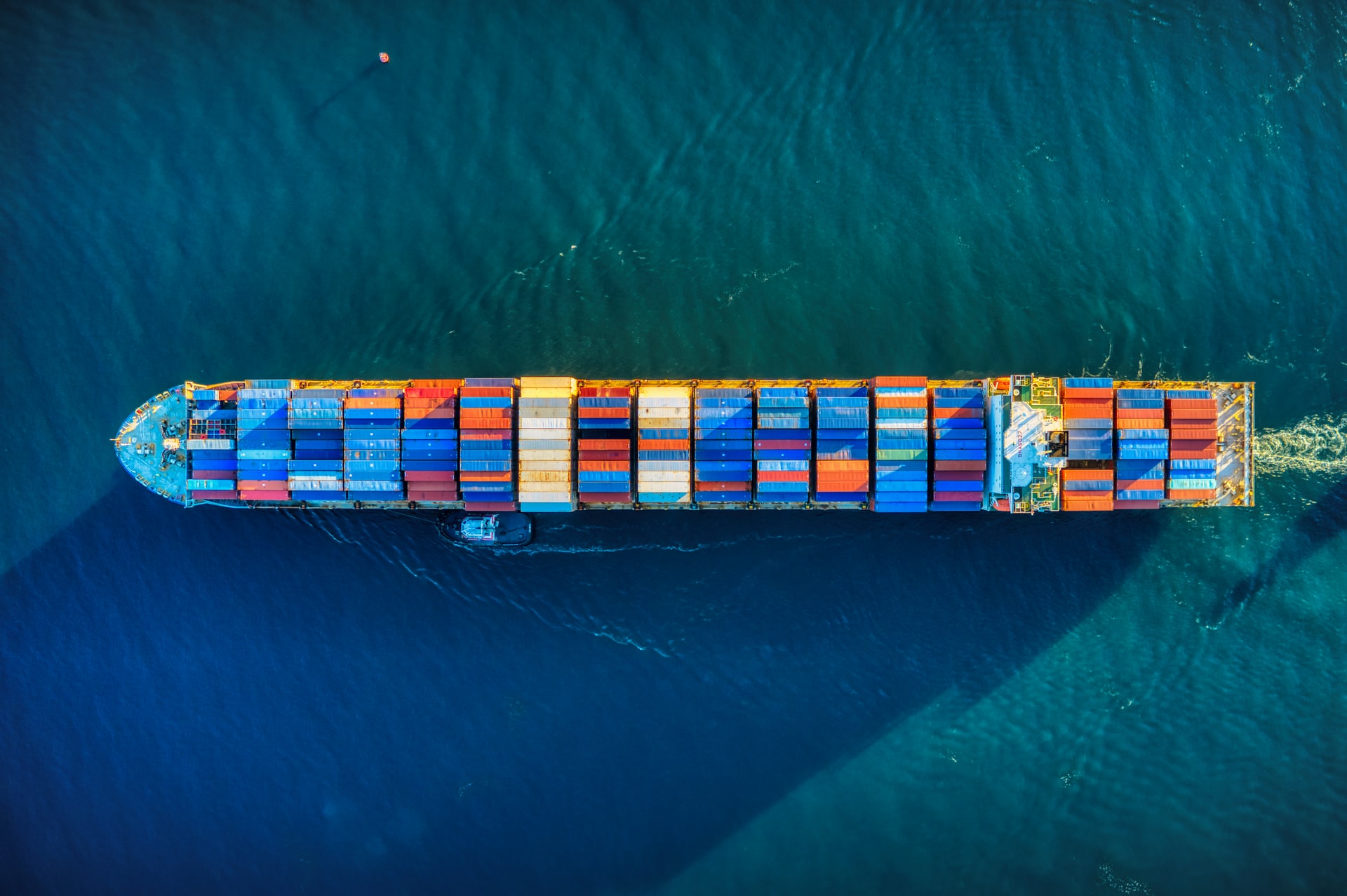The container crisis
Presently, the shipping industry has been plagued by disruptions leading to delays in global supply chains. Moreover, shipping containers are scarce, shipping costs are at an all-time high and this has resulted in prolonged delays. According to the International Chamber of Shipping, 11 billion tons of goods are transported by ship each year. Millions of containers are needed to facilitate the movement of these goods. However, there has been a shortage of shipping containers and the big question is, “where have these containers gone?”
The current logistics challenges have been aggravated due to several factors and not just one particular problem. The covid crisis and the uneven global economic recovery have immensely contributed to this disruption. The lockdown in China starting in February 2020 and later, the lockdowns in other countries had a huge impact on international trade, halting economic movement and production. Many factories closed down temporarily as a mitigation measure to stop the spread of the virus. Shipping companies began reducing the number of cargo ships that were being sent out, causing large numbers of containers to be stopped at ports. On top of this, there was a halt in the production of new containers. In normal circumstances, a container carrying various goods will be sent from Asia to America or Europe where it is offloaded. A seller in America/Europe will also sell his/her goods back to Asia using the same container. Same containers are moved back and forth. However, right now, the containers are being stored in Europe and American ports among others. Other factors causing the shortage include lack of enough manpower at various ports slowing down cargo handling speeds and prioritization of long-haul shipments. Shipping clients are giving preference to long-haul shipments so that they can secure more profit. Container Shortage Explained 2021-BE FORWARD Official
China coped with the virus faster than anyone else and therefore, China’s economy bounced back quicker than America, Europe and other continents. While China resumed exporting products, other nations were still dealing with lockdowns and restrictions. Consequently, the containers that were still in Asia headed to Europe or North America, but no containers came back quick enough (CNBC.com, 2021). And when containers are moving between ports, they have to deal with massive delays. In Los Angeles, it currently takes up to 12 days before a ship can drop anchor and unload its containers (Financial Times, 2021)
Disruptions in Chinese ports have negatively impacted traders in most developing countries with consumers bearing the effects of costlier goods. For instance, according to the Kenya Business Daily newspaper, importers in Kenya were slapped with a 20% rise in Freight charges following a shortage of shipping containers in China. The average shipment charges on a 40-foot container from China, for example, breached the Sh646,000-mark in April, up from about Sh430,800 the previous month as traders scrambled for the few available containers. That pushed up freight charges by 95 percent between December and April alone (businessdailyafrica.com, 2021). In other parts of the world, container prices have also been disrupted. Along the route from Shanghai to Rotterdam, the prices to rent a 40-foot container soared 685%, to $13,698 in august 2021(CNN.com, 2021).
The container crisis has affected all companies that need to ship goods and the book industry has not been spared. According to a printer based in Kenya, previously, it took them less than a month to procure raw materials. However, at the moment, raw materials are delaying by up to 3 months and this is slowing down their delivery timelines. Additionally, he mentions that the raw materials are up by over 35%. Generally, when a printer orders paper, he will have to wait for several weeks for a container to be shipped and may not arrive on time., Ultimately, all this leads to slow progress in production leading to a delay in book supply by up to 3 or 4 months. This means that children will not get the books on time which will affect their learning. To make matters worse, there is a paper crisis hitting the graphic industry hard.



